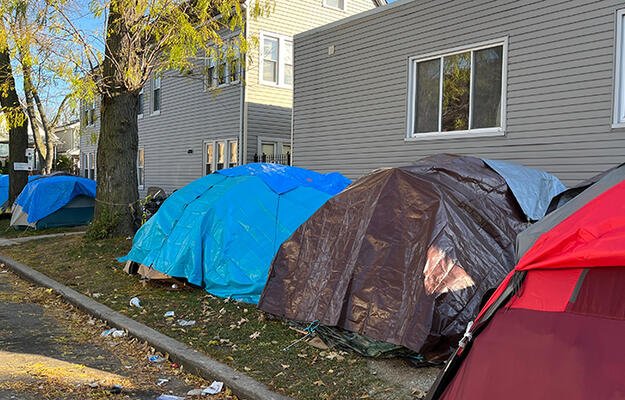
How Do Small-Area Fair Market Rents Affect Options Available to Voucher Holders?
- Title:
- How Do Small-Area Fair Market Rents Affect Options Available to Voucher Holders?
- Author:
- Source:
- Publication Date:
-
2018
In 2016, the US Department of Housing and Urban Development (HUD) ruled that fair market rents (FMRs) should be set at the zip code level (small areas), rather than a across a metropolitan region, to allow voucher holders greater opportunity for mobility to low-poverty neighborhoods. In August 2017, HUD announced it would delay this implementation for two years, citing an interim report that found that the aggregate number of rental units affordable to voucher holders fell 3.4 percent, though small-area FMRs opened options for voucher holders in high-rent areas. This brief examines whether this same decline in voucher holders would occur in the 24 metropolitan areas named in HUD’s rule, using the same methodology as the interim report. The authors note that HUD chose these 24 metropolitan areas because their market conditions were such that small-area FMRs likely would expand options for voucher holders. The authors first aggregated HUD data at the zip code tabulation area (ZCTA) level, associated each ZCTA to its metropolitan area, and assigned each ZCTA its fiscal year 2018 small-area FMR and FMR payment standards. Then, they deflated the payment standards to 2015 dollars, calculated the number of one-to-three-bedroom rental units in each ZCTA that rented at or below the adjusted small-area FMRs and FMRs. The analysis highlights the importance of analyzing in advance where small-area FMRs are most likely to increase options for voucher holders and shows the impact of shifting to small-area FMR policies varies across markets.
Key findings
- Switching to small-area FMRs would expand options for voucher holders in high-rent zip codes and reduce them in low-rent zip codes.
- In aggregate, the number of units affordable to vouchers in the 24 metropolitan areas would increase with the use of small-area FMRs.
- The authors predict that 20 of the 24 metropolitan areas would see an increase in the number of affordable units, and 4 would see a small decline.


